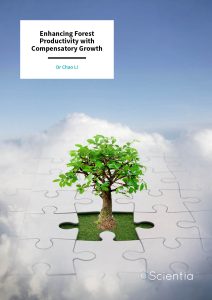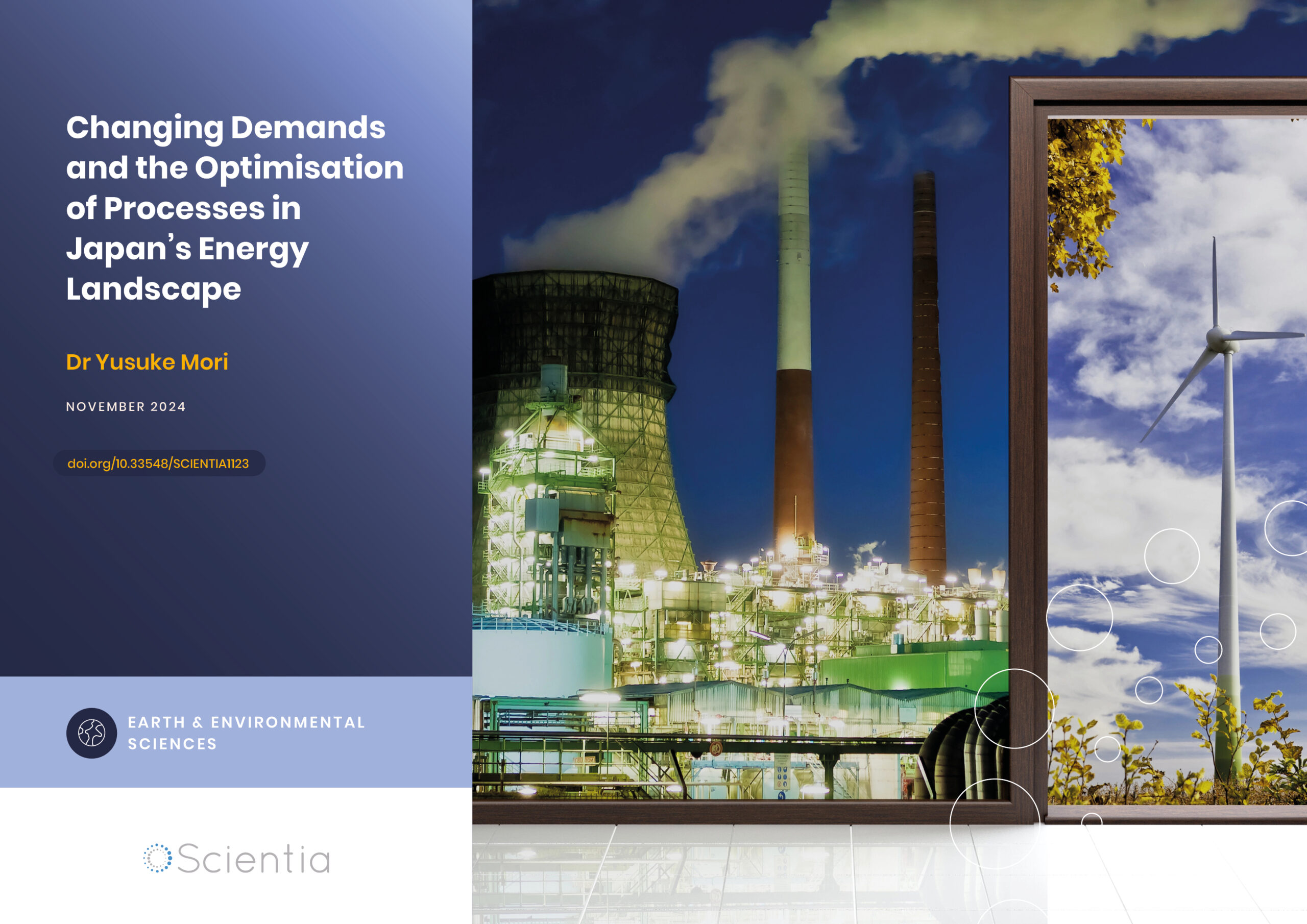Dr Chao Li | Enhancing Forest Productivity with Compensatory Growth
Forests are vital to life on Earth. Dr Chao Li at the Canadian Forest Service is an accomplished ecologist who has dedicated his career to forest ecology, working to reconcile human demand for wood products with the vital ecological services of forests. His recent research has explored the utility of promoting the growth of forests through careful removal of some trees – a phenomenon known as compensatory growth.
Stewarding Our Forests
Our forests are rich sources of biodiversity, and also clean the air we breathe, purify our water, and even offer a buffer against climate change. As more forested areas become primarily human-managed, there is a greater need for the expertise of ecologists to inform the practice of those stewarding these forests and promoting forest productivity.
Dr Chao Li at the Canadian Forest Service works with colleagues Hugh Barclay, Shongming Huang, Bernard Roitberg, Robert Lalonde, Wenli Xu, Nelson Thiffault, and Yingbing Chen to find ways to improve forest productivity. They recently sought to provide answers to a question that has long puzzled foresters: Is it possible to increase the natural growth of forest stands with the careful removal of some trees?
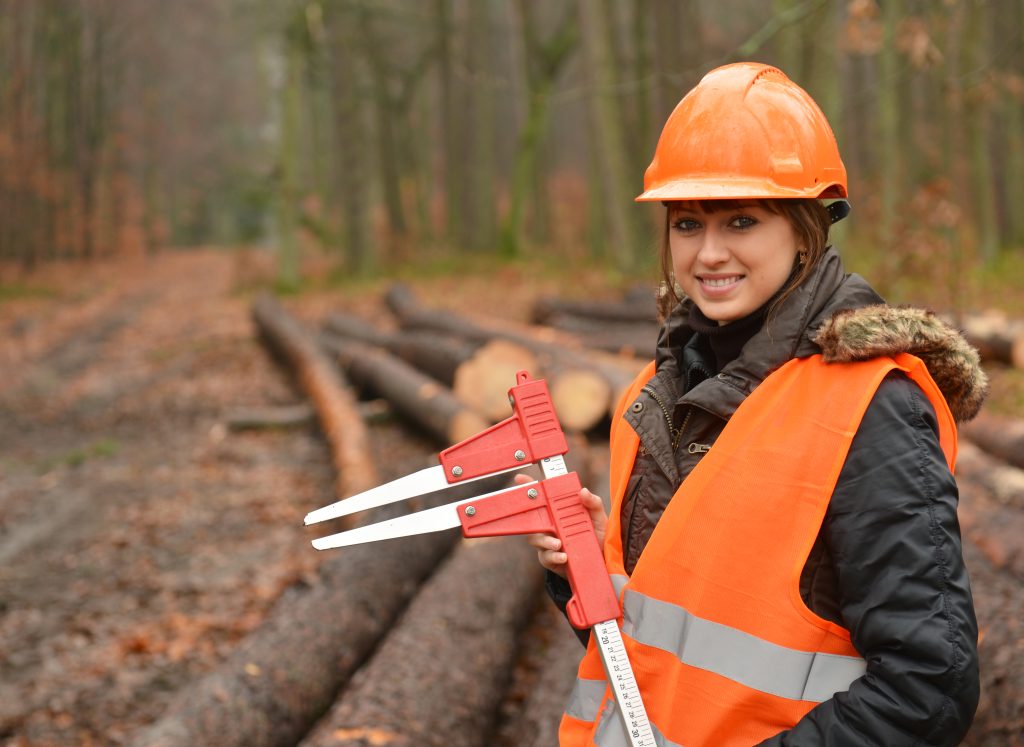
The Concept of Compensatory Growth
Although the notion of removing trees to promote the growth of a forest appears counter-intuitive, there is some evidence to suggest that forests bounce back swifter and with greater resilience following a minor disturbance. This is exemplified by the ecological concept of compensatory growth: accelerated growth after experiencing a period of unfavourable conditions, such as food shortage or other ecological disturbance. This phenomenon is well observed in many plants and animals, and is well known to ecologists but not necessarily to foresters. Forest managers and practitioners have been seeking a conclusive answer to the impact of such careful clearing practices for a long time. This is a difficult task, particularly given the long lifespans of trees.
The challenge is made more difficult by conflicting results in the literature. Results from short-term experiments seem to show that trees accelerate their growth in both diameter and height after precommercial thinning (cutting immature trees in a given stand before they are ready for use as commercial products). However, at the stand level, the overall yield is lower than from unthinned stands of trees. By contrast, data from some long-term experiments show that productivity in thinned stands can not only catch up, but exceed that of unthinned stands. Due to the scarcity of such long-term datasets, these cases have largely been ignored or dismissed as outliers.
To investigate the potential impact of compensatory growth on forestry, Dr Li and the team compiled three long-term forestry datasets of forest stands of varying tree species and geographical locations within Canada that have been subject to this selective clearing. They then developed a computer model to reproduce diverse forest growth patterns, allowing prediction of the impact of selective tree thinning on forest growth.
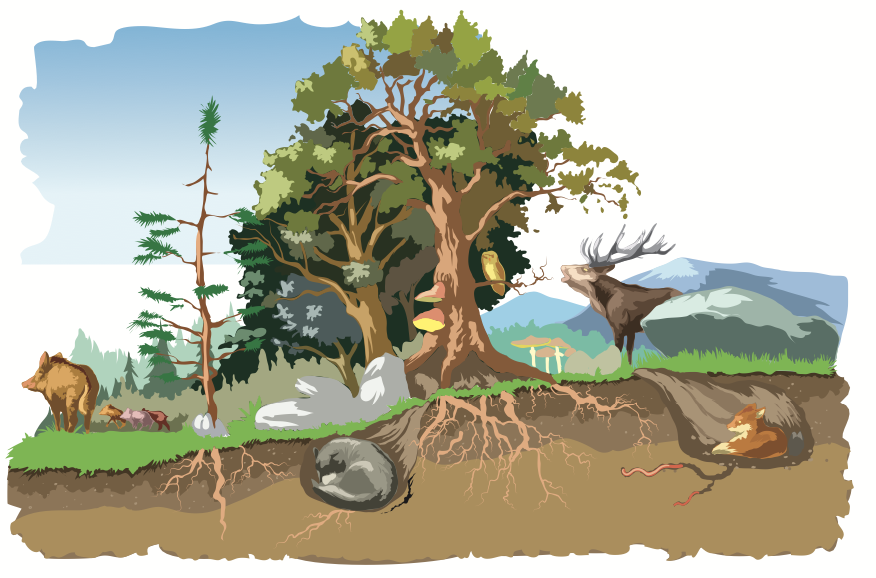
Tracking Growth in Pine and Fir Trees
Dr Li and the team drew upon the Mackay Thinning Experiment, the Petawawa Research Forest Experiment, and the Shawnigan Lake Experiment, which tracked the growth of the Lodgepole Pine, Red Pine, and Coastal Douglas Fir trees, respectively. In reviewing and processing these datasets, the team demonstrated, as expected, that compensatory growth seems to be just as common a phenomenon in trees as in other, shorter-lived species for which there is more readily available and less controversial data. Their results suggest that revisiting historical datasets from previous silviculture trials or longitudinal studies, even those designed for other purposes, can be useful in detecting patterns of compensatory growth.
Dr Li and his colleagues posit three key reasons why compensatory growth has remained relatively unremarked upon in forestry. First, as mentioned earlier, the long lifespan of trees makes collecting such data more difficult. Second, there is a lack of standardised, agreed-upon methods for the detection of compensatory growth. Researchers typically report absolute values when discussing stand volume, but discussion of results can be misleading if researchers use different methods to calculate that volume. Finally, there are issues around research focus and terminology. While the increased productivity that results from compensatory growth is a very desirable outcome for foresters, the topic has seldom been an explicit research focus. This is primarily due to the aforementioned lack of long-term data to draw upon. The Petawawa Research Forest Experiment even documented compensatory growth but did not term it as such, adding to the overall confusion.
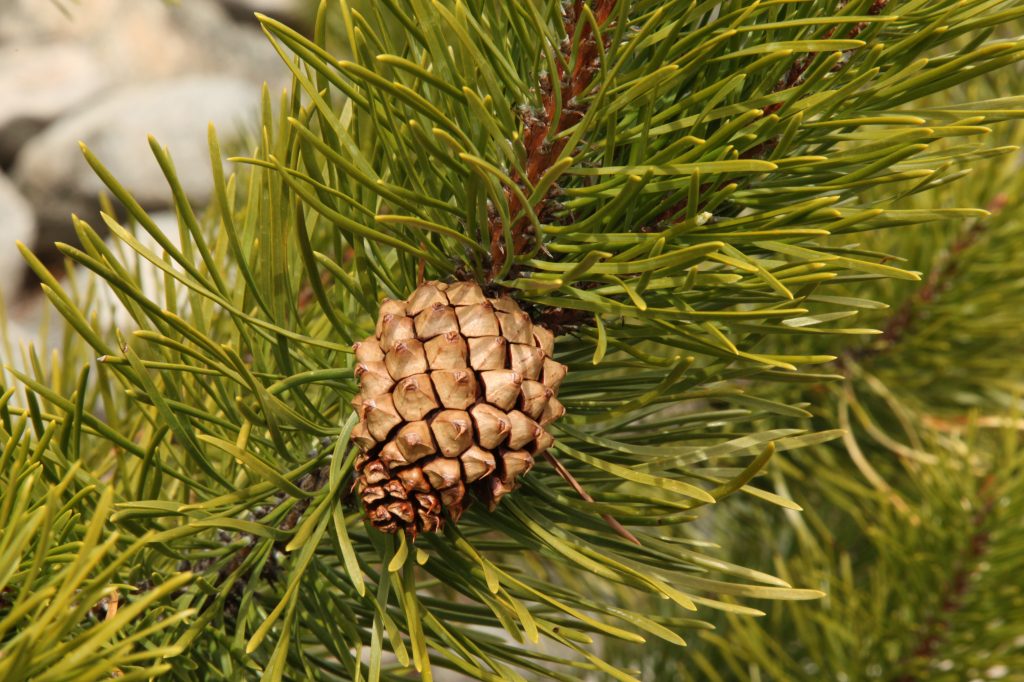
Predicting Forest Productivity: The TreeCG Model
To project and predict the potential increase in forest productivity from compensatory growth, Dr Li and colleagues developed the TreeCG model. TreeCG simulates the compensatory growth of trees after experiencing a partial disturbance. It differs from more common growth and yield models that rely on age and which predict volume in a forest over time for specific tree species or forest type. Instead, TreeCG simulates the annual changes in diameter at breast height and height of individual trees within a given forest or stand of trees. As a result, TreeCG is a very broadly applicable (and critically, standardised) tool for silviculture. The mechanism behind the simulation is the redistribution of resources (such as nutrients and space) made available to surviving trees as a result of the partial disturbance. The new algorithm developed for this purpose simplified the simulations of annual growth increments of individual trees over a long period of forest growth.
A Reliable, Standardised Tool
Dr. Li and his colleagues have provided compelling evidence for compensatory growth in trees, and also provided the silviculture industry with a reliable, standardised tool for measuring it. Computer modelling is more efficient and cost-effective than conducting longitudinal studies, particularly when your subjects can live for decades or even centuries. Modelling such trends using more traditional methods requires coordination between multiple generations of researchers over a time scale that is not practical or useful for managerial or policy decision-making. Models like TreeCG offer an important complementary tool alongside more traditional experiments. Most importantly, they mean forest managers and practitioners don’t need to wait for decades of observations to become available to support managerial decision-making.
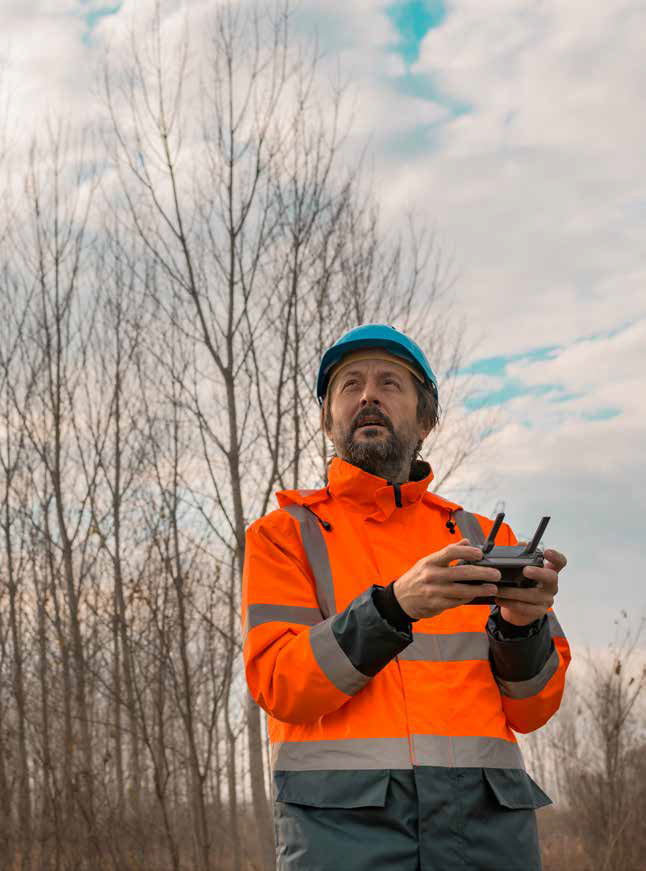
Introducing the concept of compensatory growth to silviculture provides a new framework with which to understand and address matters of ecological disturbance in forestry, and help contextualise established data that were previously difficult to explain. It also means that enhancing forest productivity from a long-term perspective is now a viable approach.
The benefits of such a flexible tool are also relevant in the context of greater ecological disturbance arising from climate change – either from the direct impact of extreme weather and harsher climate, or from indirect impacts, such as invasive species being driven beyond their home ranges. Being able to readily predict and project how a given species or ecosystem might respond to a given ecological disturbance is thus of significant potential value. This could help to predict not only how best to manage forests for commercial benefit, but also identify what forest ecosystems are at greatest risk to fire, drought, insect pest, or disease. Armed with a tool like this, ecologists and foresters could manage protected conservation areas and lumber stands alike with the precision and care necessary to meet human and nonhuman needs for forests.
The value of Dr Li’s contributions may even extend beyond forestry. Similar models to TreeCG developed to model disturbance vulnerability in, for example, long-lived, slow-reproducing megafauna like whales and elephants, are likely to be of paramount importance to conservation biology. Mapping out which populations of a critically endangered species are most at risk of disease, extreme weather events, or other forms of ecological disturbance would be invaluable in informing policy-making decisions regarding their safeguarding. Modelling and predicting compensatory growth in the era of climate change will be of great value across ecology, biology, and other fields within the natural sciences.
SHARE
DOWNLOAD E-BOOK
REFERENCE
https://doi.org/10.33548/SCIENTIA934
MEET THE RESEARCHER

Dr Chao Li
Canadian Wood Fibre Centre
Canadian Forest Service
Edmonton, Alberta
Canada
Dr Chao Li specialised in Entomology at Fudan University in Shanghai, and obtained a Master’s degree in Mathematical Ecology from the Chinese Academy of Science in Beijing. In 1993, Dr Li obtained a PhD in Insect Behavioural Ecology from Simon Fraser University, Canada. After graduation, he was appointed a Canadian Federal Government Laboratory Visiting Fellow at Canada’s Northern Forestry Centre and a Research Scientist at Ontario’s Forest Research Institute. Over the past 26 years, Dr Li has undertaken many roles at the Canadian Forest Service, including Knowledge Engineer, Physical Scientist, and Landscape Dynamics Research Scientist at the Northern Forestry Centre and Canadian Wood Fibre Centre. Dr Li has devoted his career to studying the ecological impact of natural and anthropogenic disturbance on forest dynamics. By improving forest productivity, he hopes to help meet human demands for wood products while contributing to a natural climate solution.
CONTACT
W: https://cfs.nrcan.gc.ca/employees/read/cli
T: https://twitter.com/cwfc_ccfb
KEY COLLABORATORS
Hugh Barclay, Pacific Forestry Centre, Canadian Forest Service, Canada
Shongming Huang, Alberta Agriculture, Forestry and Rural Economic Development, Canada
Bernard Roitberg, Department of Biological Sciences, Simon Fraser University, Canada
Robert Lalonde, Department of Biology, University of British Columbia, Canada
Wenli Xu, BC Ministry of Forests, Lands, Natural Resource Operations and Rural Development, Canada
Nelson Thiffault, Canadian Wood Fibre Centre, Canadian Forest Service, Canada
Yingbing Chen, BC Ministry of Forests, Lands, Natural Resource Operations and Rural Development, Canada
FUNDING
Natural Resources Canada-Canadian Forest Service’s Developing Sustainable Fibre Solutions Research Program
FURTHER READING
C Li, H Barclay, S Huang, et al., Detecting compensatory growth in silviculture trials: empirical evidence from three case studies across Canada, Frontiers in Plant Science, 2022, 13, 907598. DOI: https://doi.org/10.3389/fpls.2022.907598
C Li, H Barclay, S Huang, et al., Modelling the stand dynamics after a thinning induced partial mortality: a compensatory growth perspective, Frontiers in Plant Science, 2022, 13, 1044637. DOI: https://doi.org/10.3389/fpls.2022.1044637

REPUBLISH OUR ARTICLES
We encourage all formats of sharing and republishing of our articles. Whether you want to host on your website, publication or blog, we welcome this. Find out more
Creative Commons Licence (CC BY 4.0)
This work is licensed under a Creative Commons Attribution 4.0 International License. 
What does this mean?
Share: You can copy and redistribute the material in any medium or format
Adapt: You can change, and build upon the material for any purpose, even commercially.
Credit: You must give appropriate credit, provide a link to the license, and indicate if changes were made.
SUBSCRIBE NOW
Follow Us
MORE ARTICLES YOU MAY LIKE
Dr Yusuke Mori | Changing Demands and the Optimisation of Processes in Japan’s Energy Landscape
The Snake River in the northwestern United States was once home to abundant populations of Chinook salmon. However, the building of hydropower dams has led to a dramatic drop in their numbers and puzzling changes in their migratory behaviour. Dr Charles Coutant and other biologists in the region embarked on a mission to uncover exactly how these dams are interfering with the crucial downstream journey of young Chinook salmon. His creative approach, drawing on knowledge from many different fields, has revealed a hidden culprit that may be throwing these fish off course.
Dr Charles Coutant | Dams, Disruption, and the Plight of the Chinook Salmon: Unravelling the Mystery of Delayed Migration
The Snake River in the northwestern United States was once home to abundant populations of Chinook salmon. However, the building of hydropower dams has led to a dramatic drop in their numbers and puzzling changes in their migratory behaviour. Dr Charles Coutant and other biologists in the region embarked on a mission to uncover exactly how these dams are interfering with the crucial downstream journey of young Chinook salmon. His creative approach, drawing on knowledge from many different fields, has revealed a hidden culprit that may be throwing these fish off course.
Prof. Dr. Michelle van Vliet | Invisible Water Crisis: Water Scarcity is Affected by Complex Interactions of Water Quality and Sectoral Use
Sufficient water of good quality is vital for humankind and nature. A growing global population increases the demand for water of suitable quality. In addition, climate change and increases in extreme weather events, such as droughts and heatwaves, directly affect the availability, quality, and use of water. These three factors – availability, quality, and use – interact in complex ways. Prof. Dr. Michelle van Vliet at Utrecht University is pioneering our understanding of the drivers of clean water scarcity under global change and proposing solutions to this. With her team, she focuses on the challenge of ensuring sufficient water of suitable quality to meet human demands and ensuring healthy ecosystems in our changing world.
Dr Jennifer Brandon – Dr Christopher Verlinden | A New Approach for Detecting Oceanic Microplastics in Real Time
Microplastics are tiny pollutants threatening our oceans and marine life. Current approaches to detect them are time-consuming and expensive. Oceanographers Dr Jennifer Brandon and Dr Christopher Verlinden from Applied Ocean Sciences (AOS) in the USA have developed a game-changing sensor that can swiftly detect and analyse microplastics, cutting through the existing time and cost barriers.

